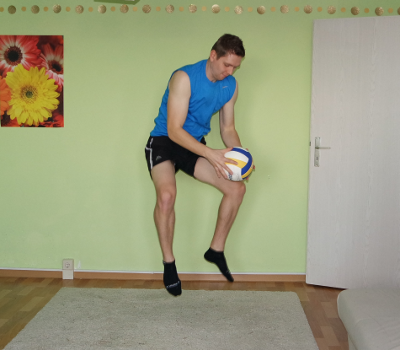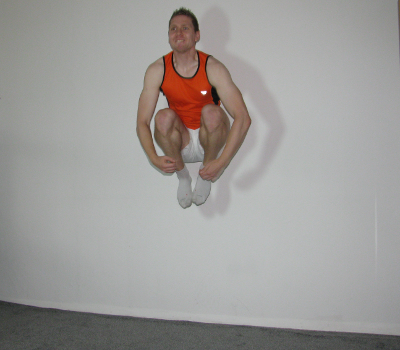
Hold the battle ropes with either hand, your palms facing inwards.

Start by standing in front of the battle ropes with your feet shoulder-width apart. You may not be able to perform this movement at home, as this exercise requires a set of battle ropes. Repeat this movement for the specified number of reps.īattle rope slams are another great variation for a medicine ball slam that can be more challenging, as you have to continuously work to move the rope (whereas medicine balls can bounce up if they are made of rubber).There’s also no time for a break, as you never release the rope. Rotate your body as you bend your knees slightly to bring the dumbbell down over your left knee. Hold the dumbbell with both hands, your left hand on top of the right.Īctivating your core, lift the dumbbell across your body and bring it up over your right shoulder. Start by standing with your feet planted firmly on the floor just wider than shoulder-width. This exercise will work your upper body and core in a similar way to medicine ball slams. These are performed with a single dumbbell. If you’re not quite ready to do medicine ball slams, you can substitute them for woodchoppers. Make it easier with dumbbell woodchoppers They can be a great exercise for relieving stress as you slam the ball down to the ground. Medicine ball slams are a powerful exercise that work your entire body, primarily legs, shoulders and core.

Lower as far down as you can, and then powerfully push through your standing leg to return to the starting position. Keep your left leg off the ground and extended straight out in front of you as you lower down.

This is your starting position.īend at your hips and begin to lower down as you would with a squat. Extend your left leg out in front of you so that it is straight and your foot is hovering above the ground. Start by standing up with your feet hip-width apart. This means that they are a great option for correcting any muscle imbalances between the two sides of your body. Unlike box jumps, pistol squats are a unilateral exercise. Pause at the top after you land, then step back down to the floor.įor when you’re looking for some variation when performing box jumps, you can change it up by doing pistol squats instead. Swing your arms back, and explosively jump up onto the box with your standing leg, as you would with a conventional box jump. Make sure you feel stable on your standing leg. Lift your left leg off the ground and bend it so that your shin is parallel to the floor. You may like to start with a shorter box or step than you would typically use when you are first trying this exercise. Start with a plyometric softbox positioned in front of you, and stand in front of it with your feet shoulder-width apart. If you’ve mastered the box jump and you want to try something even more challenging, the next step might be trying a single-leg box jump. Jumping forward explosively, land softly on your feet into a squat position. Push your feet into the ground and swing your arms forward. Bend at your knees and hips, as you swing both arms back behind you. Start by standing on the floor with your feet shoulder-width apart. A great way to do this is by replacing box jumps with broad jumps.

If box jumps are too challenging for you right now, you can gradually work your way up to them by increasing your confidence in performing the explosive jumping movement. Try these alternative exercises to box jumps when you’re next working out. They are typically used to increase the power of your leg muscles. Let’s take a look at some alternatives to popular exercises found in Sweat workout programs.Ī typical box jump is a challenging, explosive exercise that requires a large amount of muscle recruitment predominantly from your lower body, including quads, hamstrings, glutes, and calves. Try these alternatives for 5 common exercises You'll then have the option to select a different exercise for your workout - to help you decide which will best suit you, here are substitutes you can make for some of the most common exercises that you can do at home. You can access substitute exercise in the Sweat app by tapping the circular arrows next to an exercise. There is no shame in either of these - it’s just a matter of finding the movements that work best for you and your current training experience. You might also occasionally find that some exercises are too easy or too challenging for you to perform. If you think you might have reached a workout plateau, you have an injury to work around or you don't have the equipment you need, you might find you need to substitute some exercises in your workouts.


 0 kommentar(er)
0 kommentar(er)
